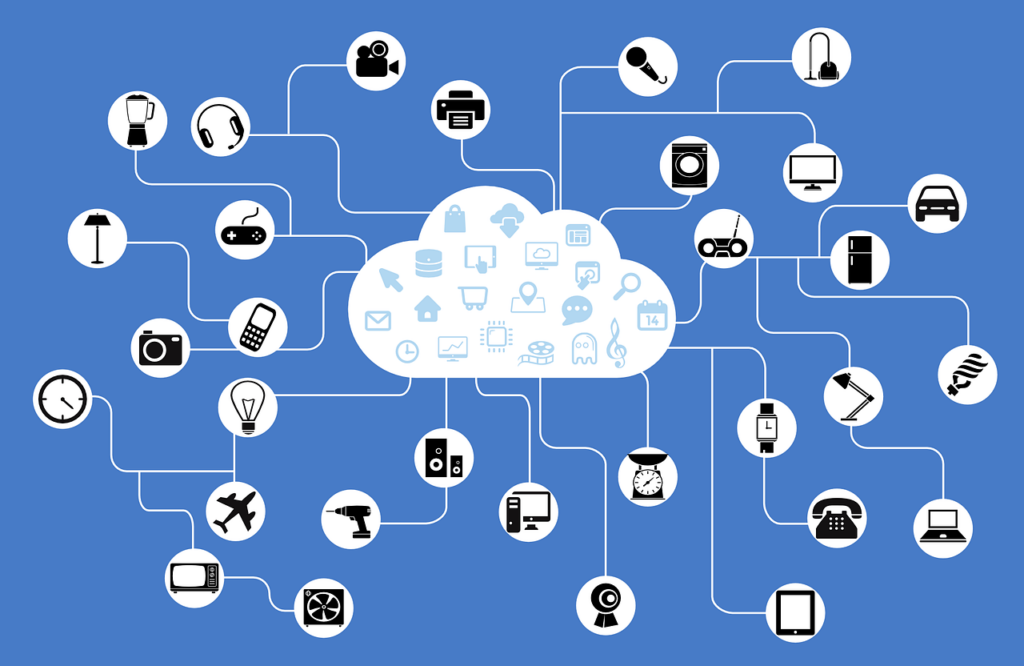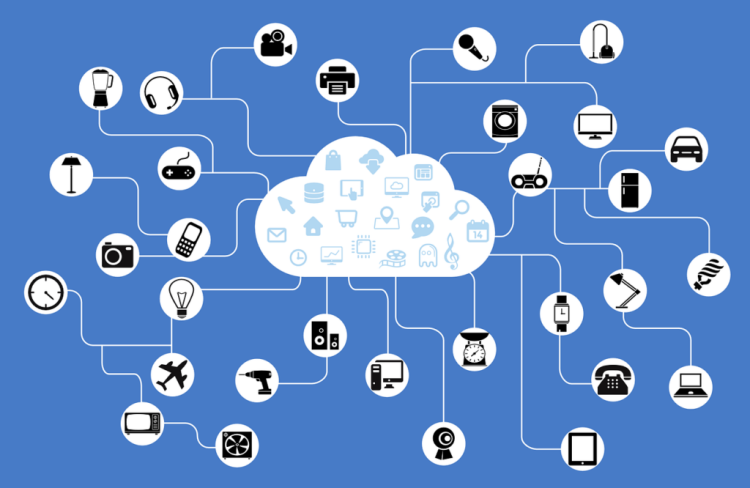I. Introduction
Industry 4.0 represents the fusion of digital technologies with traditional manufacturing and industrial practices. At the heart of this transformation is Industrial IoT (IIoT)—a network of connected devices that collect and exchange data to optimize production processes, enhance efficiency, and improve workplace safety.
II. Smart Factories
IIoT-powered smart factories leverage automation and connectivity to boost productivity.
- Real-Time Production Monitoring: Sensors track equipment performance and product quality continuously.
- Robotics Integration: IoT-enabled robots work collaboratively with humans, improving precision and reducing workplace accidents.
- Energy Efficiency: Smart systems manage power usage dynamically, cutting waste and operational costs.

III. Supply Chain and Logistics Optimization
Global supply chains are becoming increasingly complex, and IIoT offers powerful tools to streamline them.
- Inventory Tracking: Connected sensors provide real-time updates on raw materials and finished goods.
- Fleet Management: IoT devices monitor transportation routes, reducing delays and fuel consumption.
- Predictive Demand Forecasting: Big data analytics helps anticipate market shifts and adjust production accordingly.
IV. Predictive Maintenance
A standout feature of IIoT is its ability to predict equipment failures before they occur.
- Condition Monitoring: Sensors detect anomalies in machinery operation, allowing for timely interventions.
- Downtime Reduction: Predictive maintenance reduces unplanned stoppages and extends machine lifespan.
- Cost Savings: Companies save millions annually by minimizing breakdown-related losses.
V. Challenges and Security Concerns
While IIoT offers immense potential, it faces obstacles.
- Cybersecurity Vulnerabilities: Industrial systems are prime targets for cyberattacks that can disrupt entire supply chains.
- Data Integration Issues: Legacy equipment often struggles to integrate with modern IoT platforms.
- Workforce Adaptation: Employees need training to operate in increasingly digital environments.
VI. Conclusion
Industrial IoT is the cornerstone of the next industrial revolution, promising efficiency, resilience, and innovation. To unlock its full potential, industries must invest not only in technology but also in cybersecurity measures and workforce development.
















































